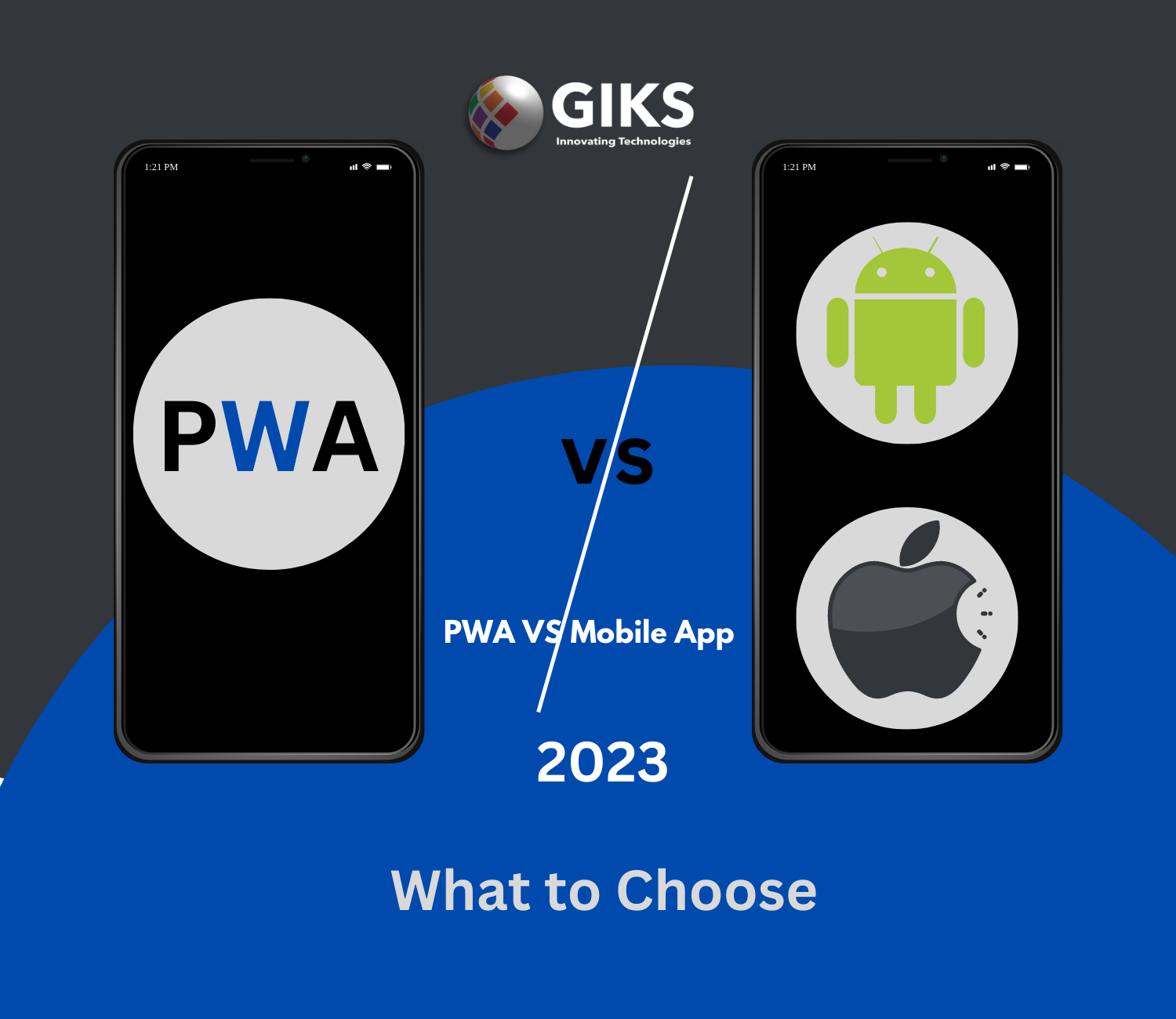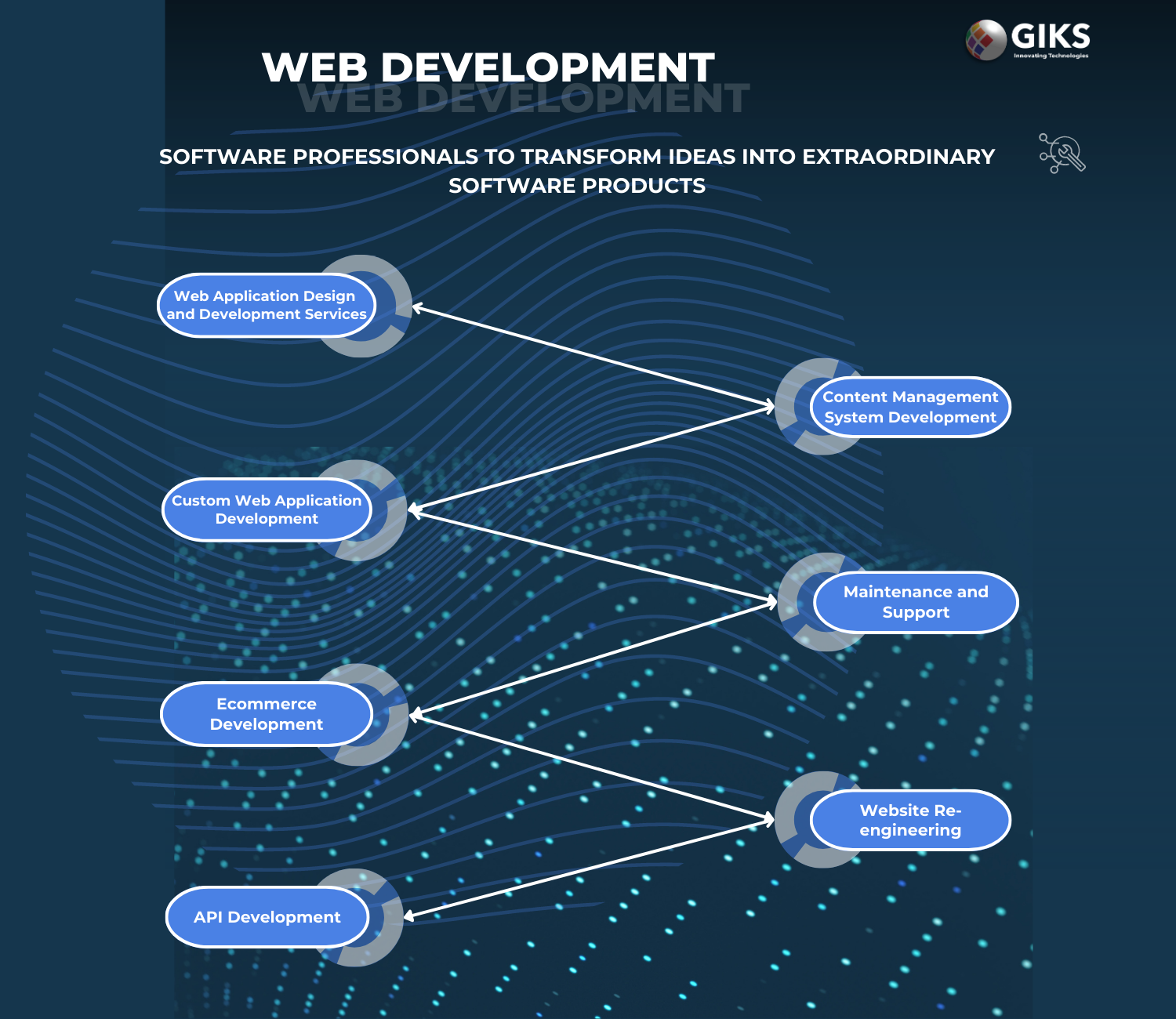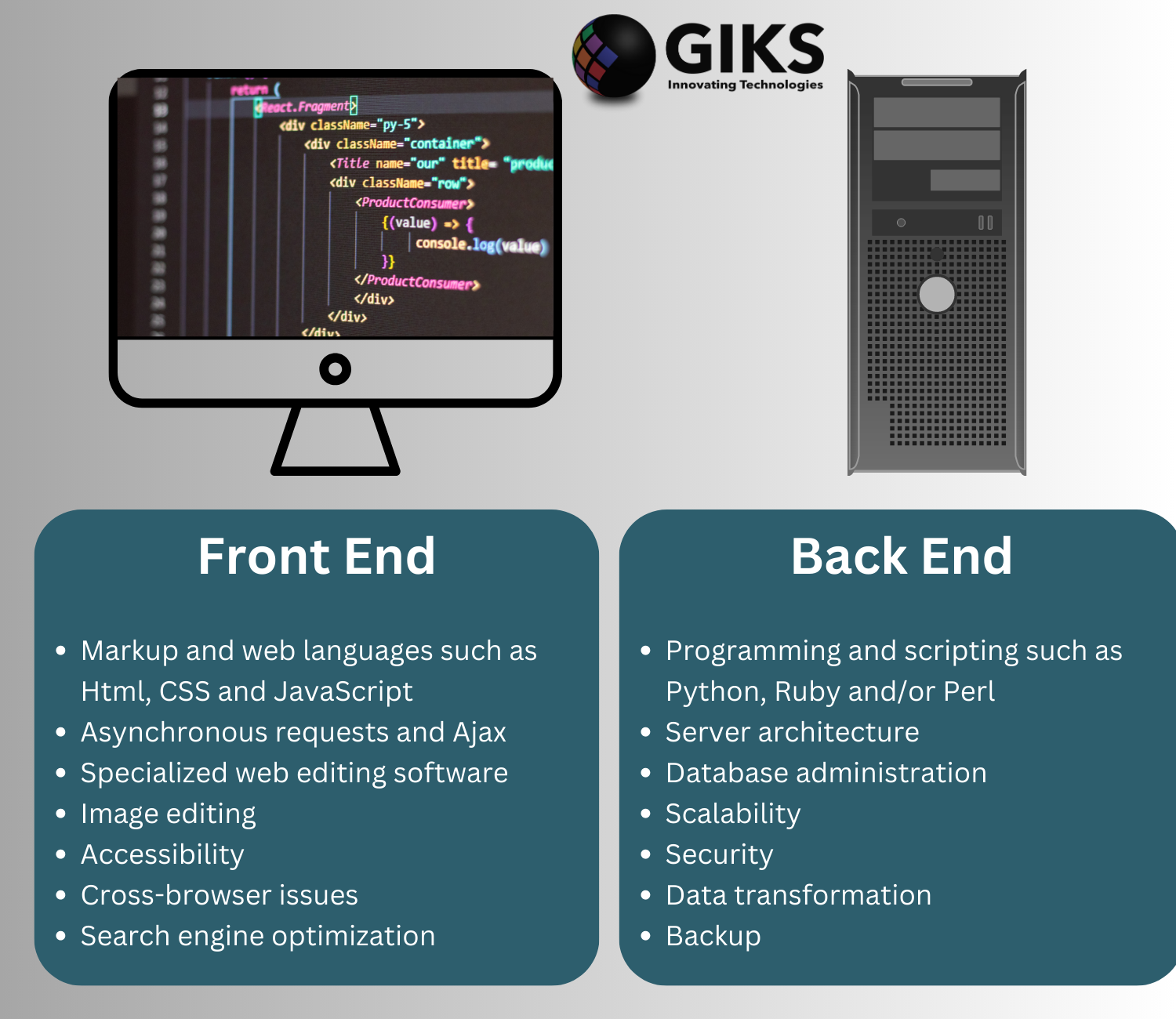Introduction:
In the ever-evolving world of mobile app development, Flutter has emerged as a powerful framework that enables developers to create stunning, cross-platform applications with remarkable efficiency. From startups to enterprises, businesses are increasingly turning to Flutter for its capability to build beautiful and functional apps across iOS and Android platforms simultaneously. However, before embarking on your Flutter app development journey, it's crucial to understand the various factors that contribute to the overall cost of the project.
The Value of Flutter App Development
Flutter, developed by Google, has gained significant attention due to its ability to create visually appealing and high-performance apps using a single codebase. This approach translates into cost savings, as developers need to write code only once for both platforms. This feature alone has made Flutter an appealing choice for companies looking to optimize their app development budget.

Factors Influencing Flutter App Development Cost
- App Complexity: The complexity of your app plays a pivotal role in determining its development cost. A basic app with a few screens and simple functionalities will naturally cost less than a complex app with intricate animations, custom UI components, and advanced features.
- Design and User Interface: A well-designed user interface can greatly enhance user experience. Design-intensive apps with custom animations and unique layouts may require additional development efforts, affecting the overall cost.
- Features and Functionalities: The number and complexity of features your app offers significantly impact the cost. Integrations such as third-party APIs, databases, user authentication, push notifications, and more, will add to the development time and, consequently, the cost.
- Platform Compatibility: While Flutter excels in cross-platform development, testing and optimizing your app for both iOS and Android platforms can lead to additional costs.
- Backend Development: If your app relies heavily on backend services, like server setup, databases, and APIs, the cost of backend development and integration should be factored into your budget.
- Maintenance and Updates: Post-launch, ongoing maintenance and updates are essential to ensure your app remains relevant and functional. These costs should be considered for the long-term success of your app.
- Testing and Quality Assurance: Rigorous testing is vital to identify and rectify any bugs or issues. The more comprehensive the testing process, the higher the associated cost.
Strategies for Cost Management
- Prioritize Features: Identify the core features that are essential for your app's functionality and user experience. Begin with these features and consider adding advanced functionalities in later phases.
- Clear Requirements: Providing detailed and clear requirements to your development team helps prevent misunderstandings and costly changes later on.
- Incremental Development: Opt for an incremental development approach, releasing an MVP (Minimum Viable Product) first and gradually adding features based on user feedback and market demands.
- App Design: Thoughtful app design not only enhances user experience but can also optimize development time and costs. Utilize Flutter's pre-designed UI components when possible.
Conclusion:
Flutter app development offers an efficient and cost-effective way to create compelling applications across multiple platforms. By understanding the factors that influence the cost of development and implementing smart strategies to manage costs, you can ensure a successful and budget-conscious app development journey. Remember, the investment in quality development pays off in the form of a feature-rich and well-performing app that engages users and drives business growth.




